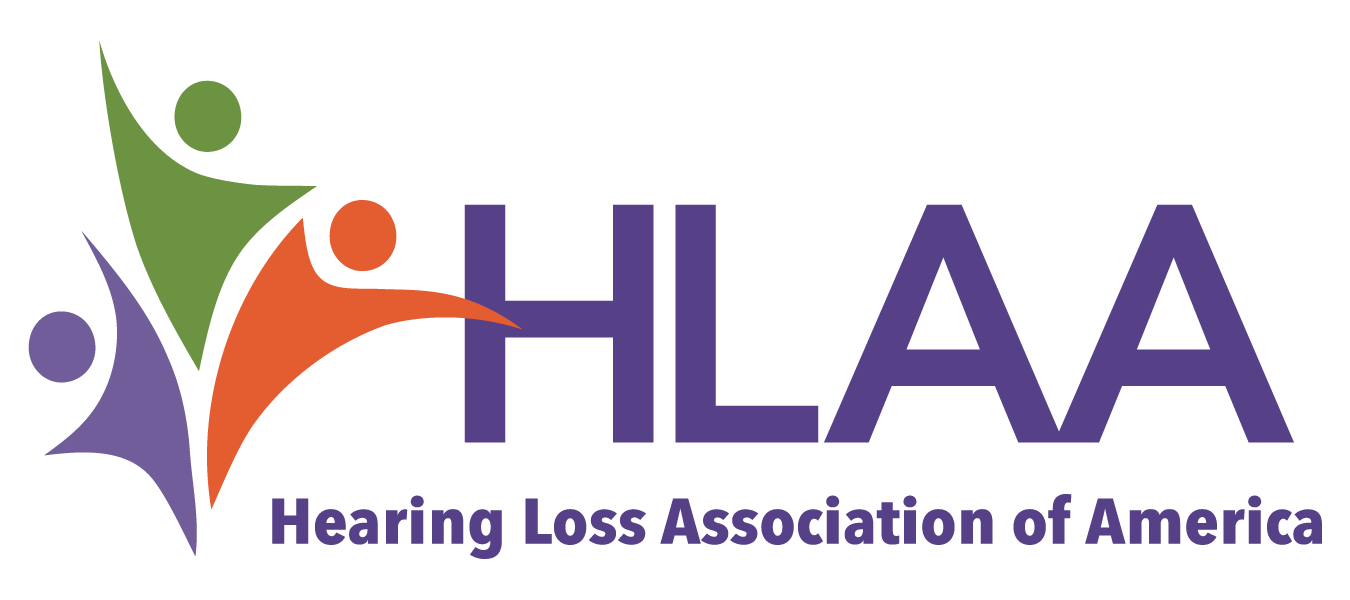Posted:
Conversations in group settings can be a challenge for individuals with hearing loss. Someone starts talking about a subject and at some point another person may ask a question or add information about that topic. Another person may ask a different question or introduce an entirely different topic. The discussions can change from topic to topic and back again. Oftentimes, people with hearing loss miss transitions between topics, get lost and have to ask others to repeat.
People with hearing loss use multiple channels to understand what is being said. They listen to what someone is saying but may not always hear every word. They also read lips and facial expressions to help confirm what the other person is saying. Background noise, speaker position, lighting and other factors can affect what they see and hear.
Current technology solutions can tell the user what is being said but have difficulty indicating who is speaking. Smart glasses and apps can use ASR (automatic speech recognition) to convert speech to text but are somewhat limited in distinguishing between speakers.
Please let us know:
Do you avoid conversations in group setting? Why or why not?
When in a group, what do you do to follow the conversation? What challenges do you have?
Is there some capability or feature that would help you to follow the conversation better? If so, what is that?






Comments
Permalink
Submitted by Mary Jarrett on Tue, 10/08/2024 - 10:35 pm EDT
For group discussions, at a table setting, such as a 5 or more in a restaurant or family dinner, I use my Roger On table mic setting. But I still need, in many cases, to focus on one or 2 people. I no longer can easily pick up on other conversations in the group. In larger groups, I have to focus on the people close to me. As it gets louder I may be lucky to hear those standing or sitting the closest to me.
The Roger On table mic function works extremely well in a quiet room for board meetings, where distance is the primary difficulty with hearing and understanding speech.
It can get too loud at parties or dinners for either my Roger or a speech to text app to work. Then I either give up, or ask to move the conversation to a quieter place. I try to avoid restaurants where I know it will be too loud for me to hear conversation, or use non tech strategies to help such as time of day, table location, etc what would really help would be sound deadening in such locations
I don’t have difficulty in identifying the person speaking, except on group telephone or video calls where it can be very hard unless the tech identifies each speaker such as Zoom does.
Permalink
Submitted by Lise Hamlin on Tue, 10/08/2024 - 10:36 pm EDT
I have been living with hearing loss for over 40 years and I still have not found the perfect strategy to successfully join every group conversation. I do have trouble keeping up with the flow of the conversation, who is speaking when. I also have trouble hearing the person sitting farthest away from me. And I have trouble if there is background noise.
Still, I do not avoid those situations. When family and friends gather, even if I cannot catch every word, I’d rather try than withdraw.
Like Mary, I have tried assistive listening devices which do work sometimes particularly letting me hear people sitting farther away, as long as whoever is using the microphone is nearby the mic. But the system I use is not great if I just point it - each person has to have the microphone close to them to really work. I have also tried using captioning apps, but in noisy settings they often struggle to capture what is said as much as I do, particularly if the person is sitting farther away.
As for a technology that might help me follow these kinds of conversations: I have wondered whether an app for my phone that would light up showing the general direction of where the speaker was sitting would work for me. That would at least allow me to know where to look and be able to use my speechreading better. I'm not sure it would solve the problem, but it might help.
Permalink
Submitted by Michael Miles on Tue, 10/08/2024 - 10:36 pm EDT
I also use my Roger On whenever I can. For smaller groups, such as dinner with my wife and daughter in a noisy restaurant, I can adjust the Ambient Sound button on my Phonak app for the Roger and it does a decent job of blocking out the loud sports bar noises so that I can hear them. We also know to sit with my back to a wall when possible. But larger groups, such as the recent wedding I attended, I was so overwhelmed by the loud music and boise that I pretty much isolated myself at a corner table and couldn't carry a conversation with anyone, even though there were people coming up to me to talk.
Tech that could help in these situations is continued improvement in dampening noise behind me while recognizing people's voices in front of me that I want to listen to. I'd love to tell my phone or Roger to "listen for wife and daughter's voices" after I've previously trained it to know their voices. I have to believe that training using AI is just around the corner!
Permalink
Submitted by ICAAT Tech Forum on Tue, 10/08/2024 - 10:37 pm EDT
I am profoundly HOH with cochlear implants. Typically, I don’t even attempt large group gatherings, such as lunch-time at a senior center. It’s too bad because a significant motivation for such groups is to combat social isolation. However, the organizers don’t seem to be aware that a big percentage of people over 65 have disabling hearing loss. I think there are strategies to try, such as setting aside a table or two for people with hearing loss and then focusing technology on those table, or creating portable sound-blocks around those tables. Regardless, it’s my experience that most senior centers are so inaccessible that I no longer even try.
On the positive side. Zoom and it’s “colleague” software have made it possible for me to participate in meetings and educational opportunities. Captions, ASL, chat, etc combine to welcome us back. To that part of the “outside” world. Hooray!!